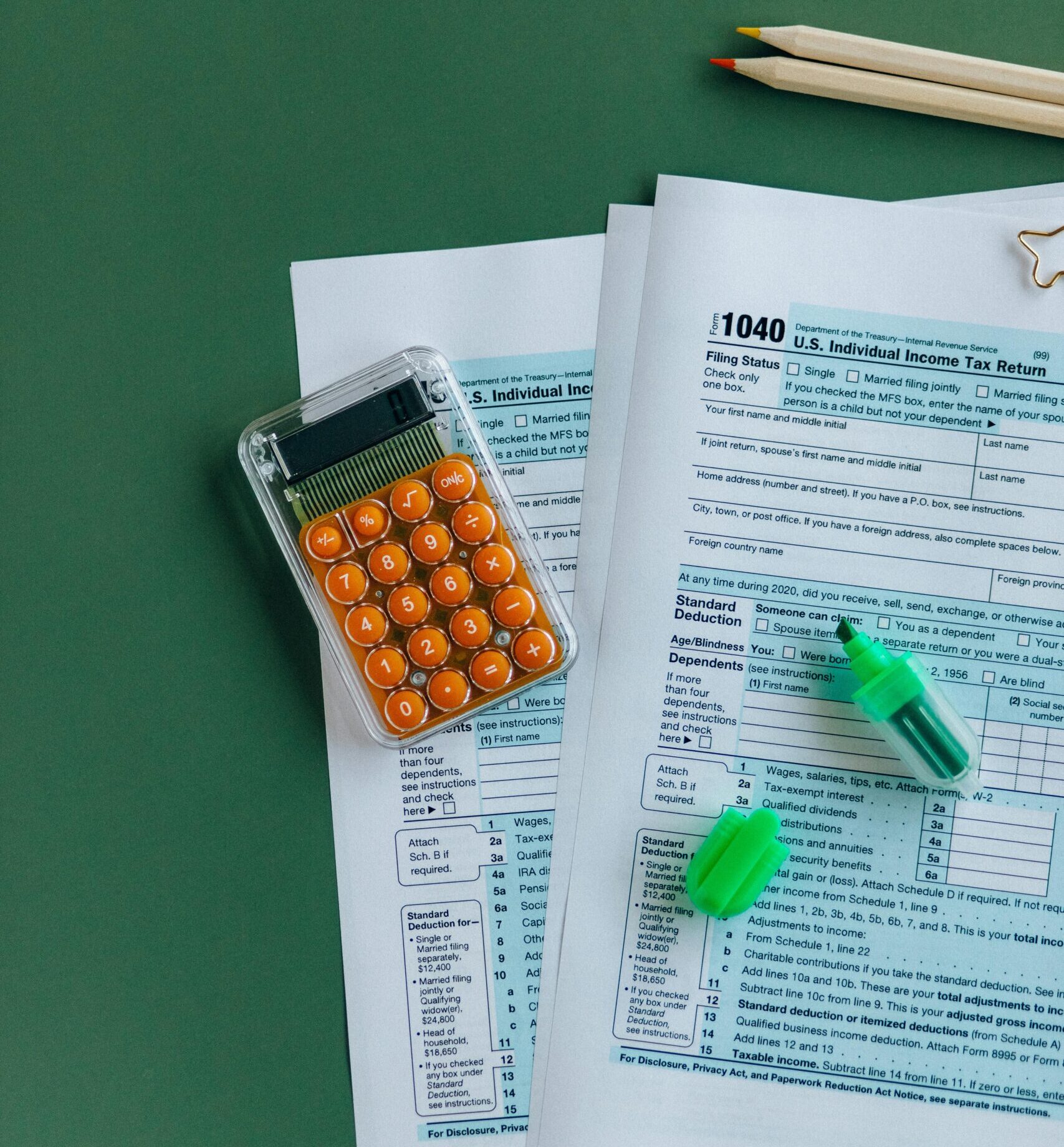Before we talk about how to perform periodic self-assessments, remember we’re nearly at the end of August, and the kids will return to school soon. The days will get shorter, and our thoughts are on autumn ahead.
Yikes!
That’s when you realize you’re so close to the end of the year and some key goals or intentions haven’t been met.
You find that you’ve been working ‘in’ the business rather than strategically ‘on’ the business or have been living through the motions of your personal life rather than consciously designing the life you want to experience.
This scenario is all too common and can lead to frustration and disappointment if not properly addressed.
So how can you ensure that you’re not just running in place but actually advancing towards your personal and business goals?
Regular self-assessment is the key.
It allows you to pause, reflect, and recalibrate, ensuring continuous growth and improvement. I do this with a number of my clients quarterly, retreating to an amazing place in the country for a couple of days to reflect and set our intentions for the coming quarter and ahead.
Let’s delve into how you can harness the power of self-assessment to propel both your personal development and business performance.
5 Key Components for Perform Periodic Self-Assessment
1. Set Clear Review Milestones
Establish regular intervals — monthly, quarterly, annually — for evaluating progress. This structured approach prevents drift and keeps you aligned with your long-term goals.
2. Quantify Achievements and Setbacks
Use specific metrics to measure your progress and what has been achieved. Tangible data helps assess your true performance, and often, we don’t look back on what has been achieved.
3. Seek External Feedback
Sometimes, internal review isn’t enough. Reach out to mentors, peers, or coaches who can provide honest, constructive feedback on your performance, blindspots, and strategies.
4. Reflect on Personal Growth
Assess not just business outcomes but also personal development. Have you gained new skills? Improved work-life balance? Maintained your self-care and “Me Time”? Personal growth is crucial for sustained business success.
5. Adjust Goals as Needed
Based on your assessments, be prepared to pivot or redefine your goals. The business landscape evolves, and so should your strategies to remain relevant and effective.
Action Steps for Lift-Off
To get your momentum going, here are some steps you can take:
- Set a date for your next self-assessment. Put it in your calendar as a recurring event.
- Create a simple dashboard that tracks key performance indicators relevant to your business and your personal development goals.
- Arrange a meeting with a mentor or coach to discuss your recent performance and gain external insights.
- Keep a journal of your personal development. Note any new skills learned, insights gained, or places you stepped outside your comfort zone.
- After your assessment, adjust your objectives to better align with your business objectives and personal aspirations.
Now that you know the steps, are you ready to take action and see where you truly stand?
Don’t let another review cycle pass by without gaining deep insights into your progress. Join our Business Consulting Course to accurately measure where you are and where you need to go next.
Remember, periodic self-assessment isn’t just a routine check — it’s a powerful tool for transformation. By regularly evaluating your progress, you ensure that you’re not only meeting targets but also growing as a leader and innovator.
P.S. As you chart your course toward success, remember that the compass of self-assessment ensures you’re always headed in the right direction. Let’s make this journey count!

